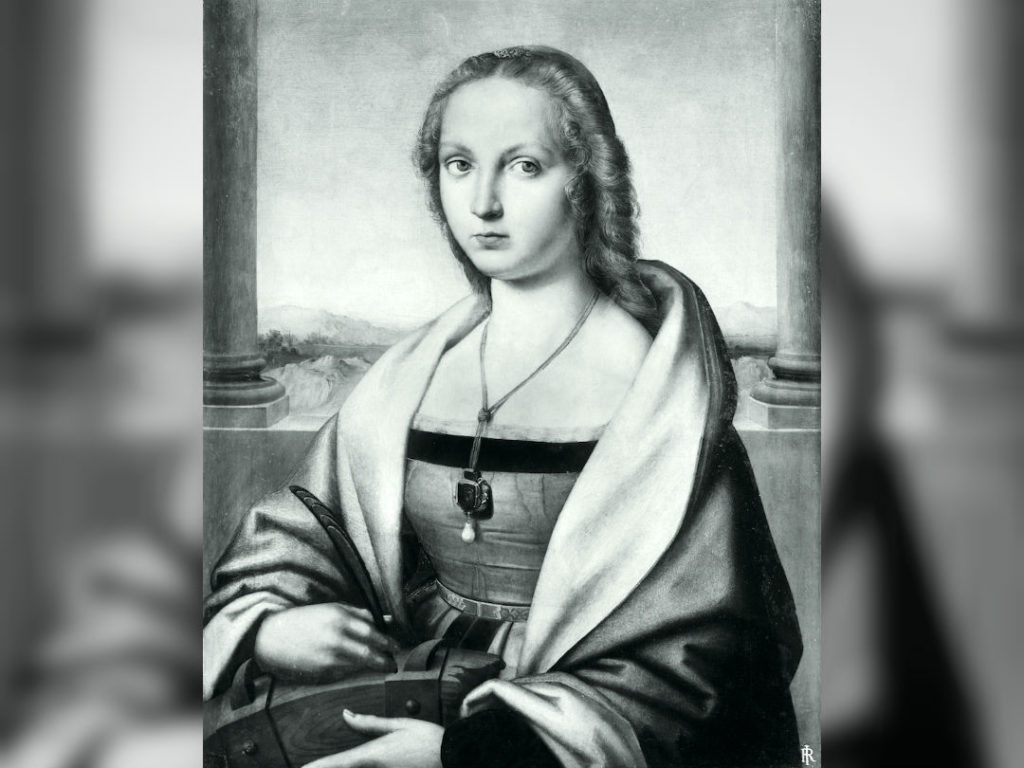Trying to find hidden meaning in cultural artifacts is nothing new. Especially when it comes to some of the world’s most recognizable works of art. Just ask Dan Brown, who made millions off of tiny details in Leonardo da Vinci’s work. But da Vinci isn’t the only artist who liked hiding things in his paintings. Here are some of the coolest Easter eggs in famous art…
“Portrait of a Lady With a Unicorn” by Raphael

For years, it was unclear who was responsible for “Portrait of a Lady With a Unicorn.” The original, which was painted around 1505-06, was changed several times, including once in the mid-17th century when an unknown artist changed the subject into St. Catherine, covering her shoulders and putting a wheel and palm frond in her lap.
